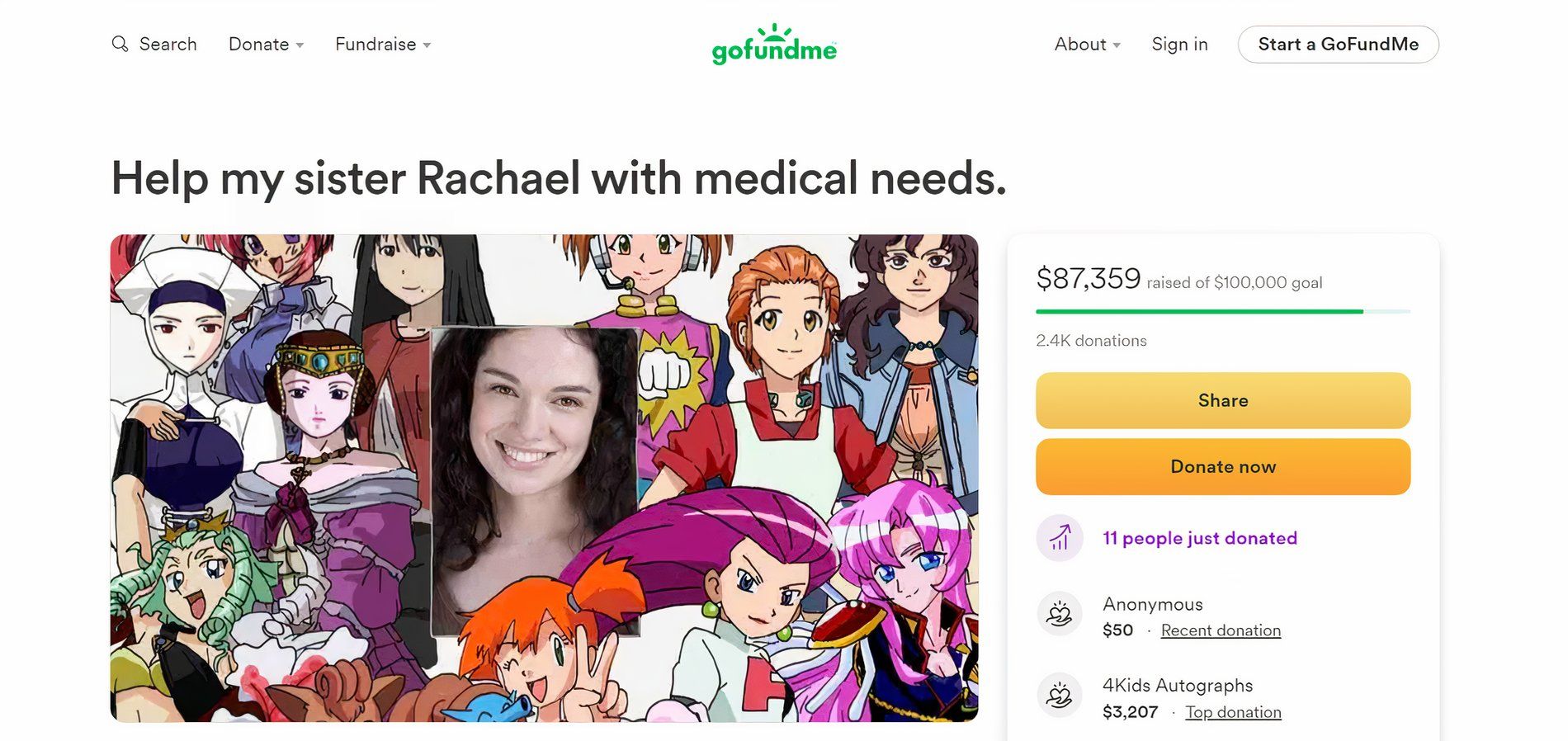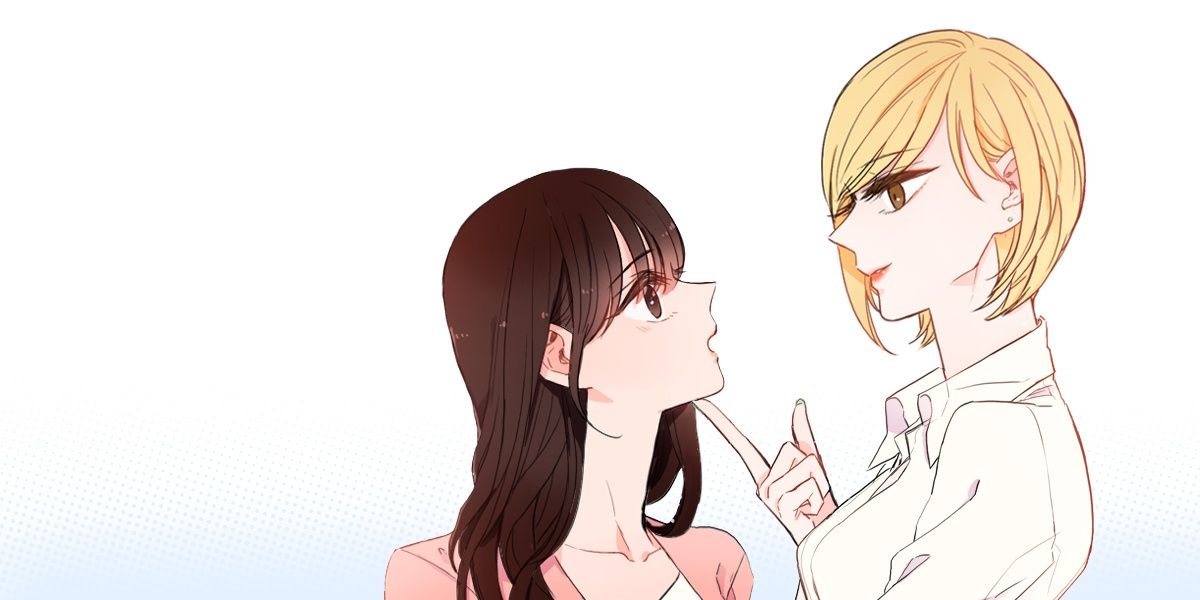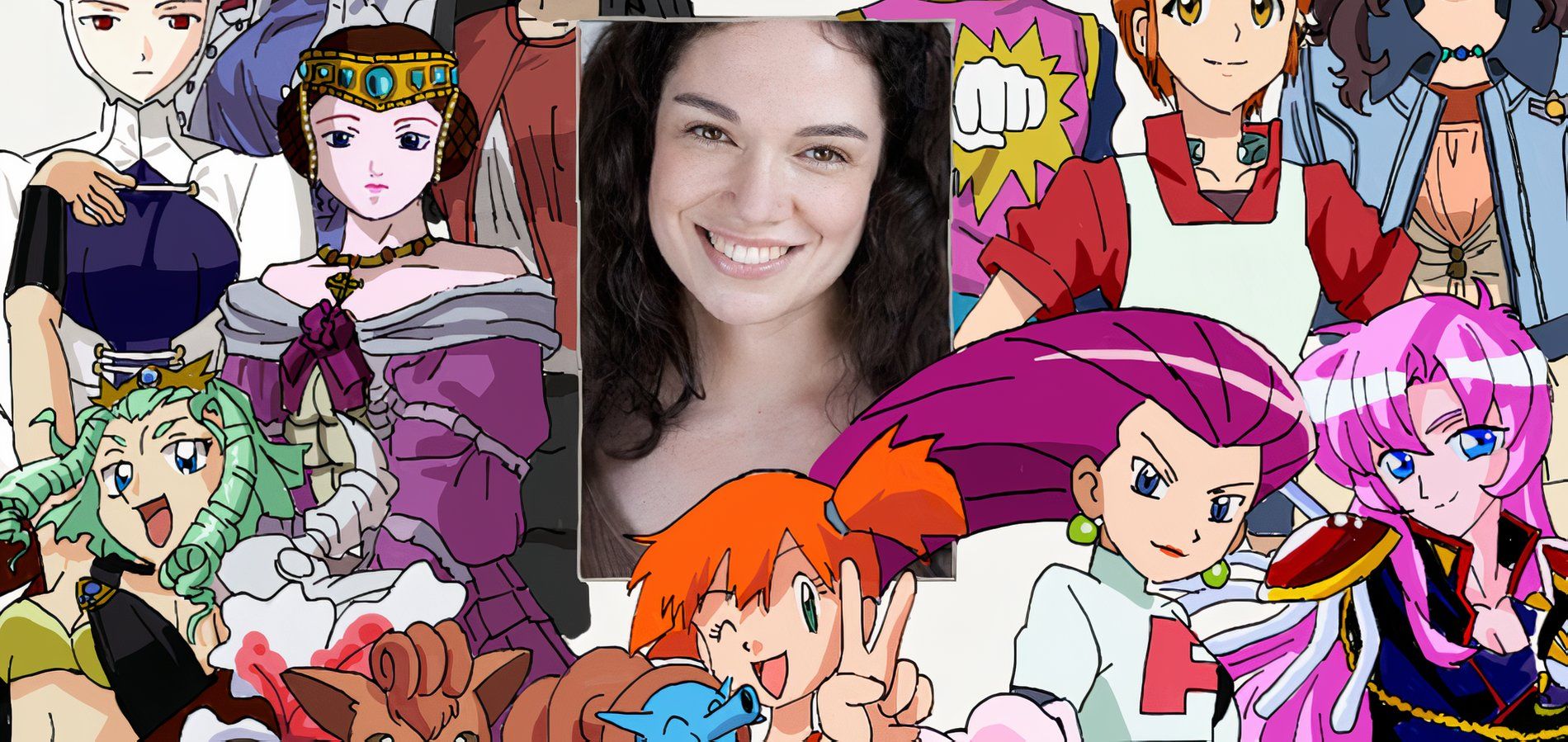Highlights
- "The dubbing process for anime involves several steps to ensure that the dubbed version is as close to the original as possible. This includes translation, adaptation, voice casting, recording, audio editing, and sound mixing. The dubbed episodes then go through multiple rounds of review to check for any errors in translation, sync issues, or audio quality problems.
- One of the challenges of dubbing anime is adapting jokes, idioms, and cultural references so they make sense to audiences in the target country. Another challenge is ensuring that the dialogue matches the character's lip movements without compromising the acting performance. Maintaining authenticity while making the content accessible to the target audience is also a difficult task.
- Voice actors audition for roles, and many start out by doing work on YouTube or fan projects to build up a resume. However, the competition is fierce, and even established voice actors face challenges in securing work.
Rachael Lillis may not be a household name, but if you are an anime fan, then chances are you've heard her voice. Aside from providing voices for classic anime like Beserk, His & Her Circumstances, and Revolutionary Girl Utena, she is most famous for her various roles in Pokemon. For years, she was the voice of Misty, Jessie, Jigglypuff, and many more. She would go on to have a long career in the anime scene and is known for being generous and kind to her fans.
Which is why it concerned many when it was revealed that she had spinal cancer, and needed to be placed in a nursing home to help recover. What concerned fans more though was how this information was revealed: her sister, Laurie, set up a GoFundMe, asking her sister's fans for donations so that they could get Rachael the care she needed. While fans were happy to help, it raised the question of why a successful voice actress needed to rely on GoFundMe for medical bills in the first place. Why would someone who has so much work need to ask for handouts to seek medical care? The truth behind all of this is sad and heartbreaking and points to a bigger issue in the anime industry that many have turned a blind eye to.
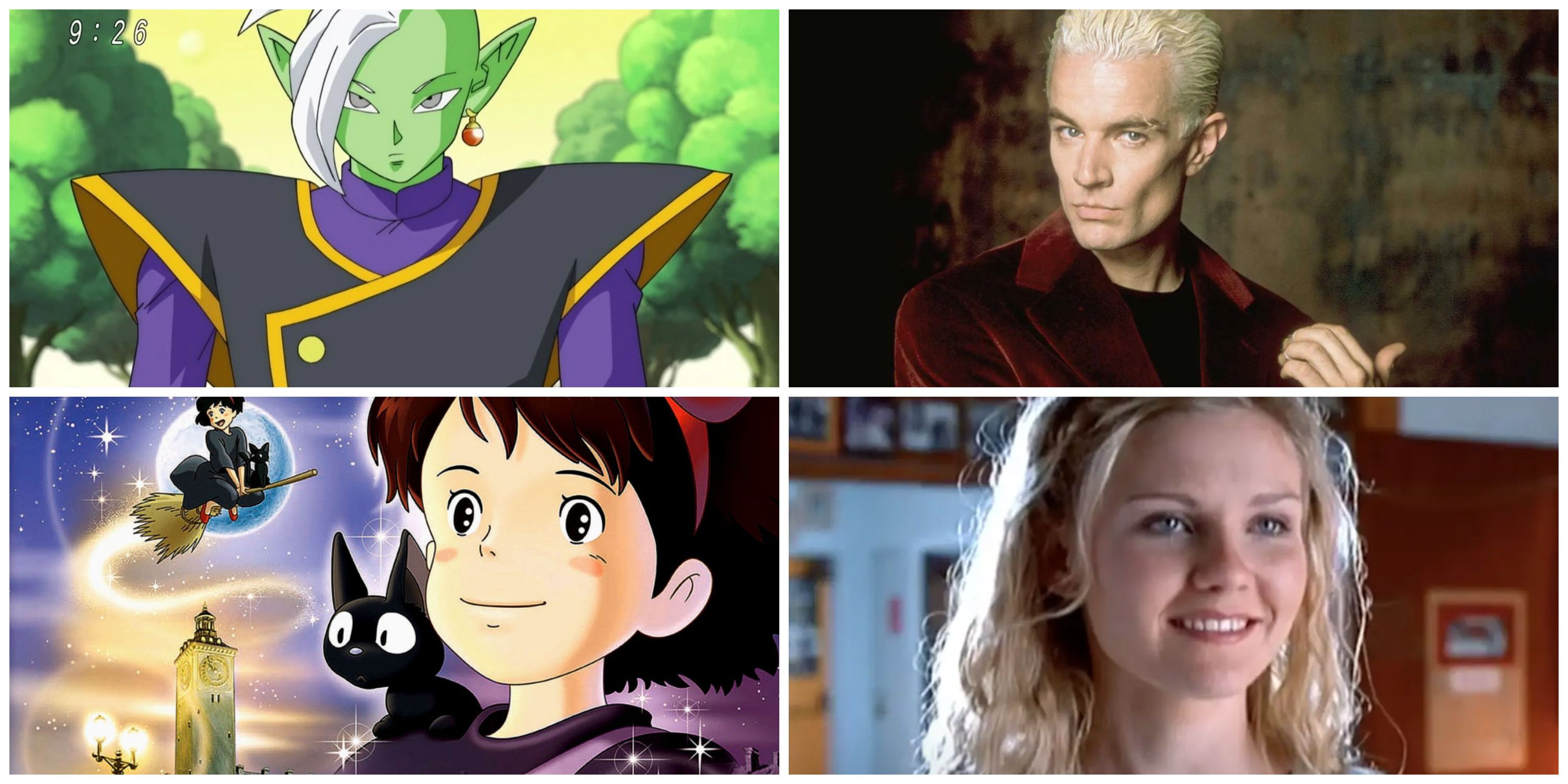
7 Hollywood Stars Who Featured In An Anime Dub
Film and television stars are vying for roles in the lucrative voice-acting industry created by the global success of anime productions.
How Does the Anime Dubbing Industry Work?
The process of how the anime dubbing industry works involves several steps to translate and adapt Japanese anime for audiences who speak different languages. Here's a brief overview of how the process generally works:
- Acquisition: A licensing company like Crunchyroll or Sentai Filmworks acquires the rights to distribute an anime series in a specific region.
- Script Translation: Professional translators convert the original Japanese script into the target language. This includes not just direct translation but also cultural adaptation to make sure jokes, idioms, and cultural references are understandable for the new audience.
- Voice Casting: Voice actors are selected to match the personalities and characteristics of the original characters.
- Recording: The selected voice actors record their lines in a sound studio. They often watch the scenes while recording to match the timing and emotion of the original performances.
- Audio Editing & Sound Mixing: Sound engineers edit the recorded dialogue to fit precisely with the animation. This includes syncing the dialogue with the character's lip movements and adjusting timing as needed.
- Review and Quality Assurance: The dubbed episodes go through multiple rounds of review to check for any errors in translation, sync issues, or audio quality problems. Any necessary adjustments are made to ensure a high-quality final product.
- Release: Once the dubbing process is complete, the episodes are prepared for distribution. This can include formatting for various platforms, such as TV broadcasts, streaming services, DVDs, and BluRays.
The Challenges of the Dubbing Industry
As you can imagine, even though this is a well-oiled industry, it is not without challenges. Some of the challenges involved in doing a proper dub include:
- Cultural Differences: Adapting jokes, idioms, and cultural references so they make sense to audiences in America (or whatever country the dub is being produced for).
- Lip-Sync: Ensuring the dialogue matches the character's lip movements (and that the acting of the performer doesn't suffer as a result of the lip sync).
- Maintaining Authenticity: While some dubs are not concerned with authenticity, keeping the essence of the original characters and story intact while making it accessible to an American audience is the gold standard for the industry, and that is a difficult task in itself.
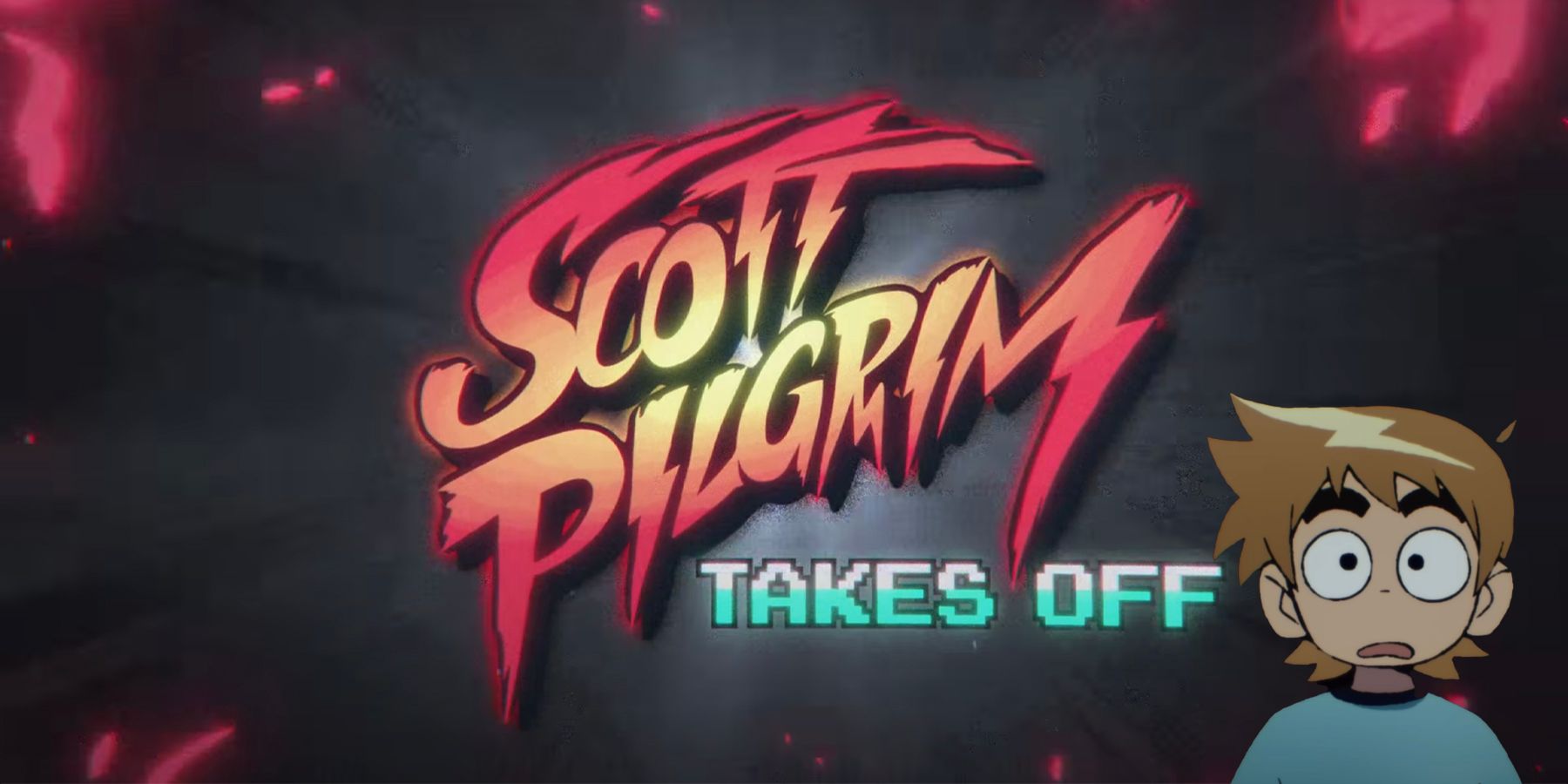
Scott Pilgrim Anime Cast Got Back Together For This Hilarious Reason
The Scott Pilgrim vs. the World anime show will have the entire cast from the live-action film, and one actor might be responsible.
How Do Voice Actors Land Roles?
Anime voice actors land roles the same way all actors land roles: they audition for them. However, it is a very competitive field, one that does not favor anyone. For newcomers to the scene, getting an audition in general can be a challenge. Without a resume or real pitch with jobs you've done in the past, you won't even get a foot in the door. Many voice actors start out doing stuff on YouTube or doing voice work for free on fan projects just to put together a real sample. Even if you get the real, getting the foot in the door will still be a challenge because you also have to compete with the actors who have been well established in the industry.
Oh, but just because you are well-established doesn't mean you have it easy: there are dozens of other well-established voice actors who are also competing for many of the same roles everyone else is competing for. Sure, most voice actors are cordial and friendly with one another, but if someone else gets a job then that is a job that the voice actor loses (until said actor is fired or no longer able to perform their duties). And even if some of the voice actors are able to get work from time to time, they are still looking for more work while they sign autographs and meet fans at the conventions (more of that later). The competition gets even more cutthroat when you realize that celebrities are starting to take over many lead voice roles in movies and direct-to-streaming projects.
What Does it Pay?
While it is highly discouraged by companies to discuss the salaries of voice actors, some have come forward to discuss what they make, and the thing you should understand is this: voice actors aren't rich. In fact, most of the time (according to voice actress Racheal Messer) they will only get a few hundred dollars to work on a handful of episodes. While this may seem like a lot to fans who are young, the reality is that most roles barely pay minimum wage once expenses are accounted for. In fact, in a letter to the now defunct Save Our Sailors website (which should bring back memories if you were a fan of Pop Tarts in the 90s), Toby Proctor (the original English voice of Tuxedo Mask) told them that he didn't return to dub the final 17 episodes of Sailor Moon for DiC because of a lack of pay.
He revealed that he got about $3,000 for about a year's worth of work, which (in his calculations) meant he made roughly $2.75 per line. With that kind of money, a voice actor needs to have as many roles as they can for as long as they can. Also, we need to point out that having one of the lead roles in a long-running anime like Naruto or One Piece doesn't mean the actor in question gets paid more; just that they have more consistent work than most other actors.
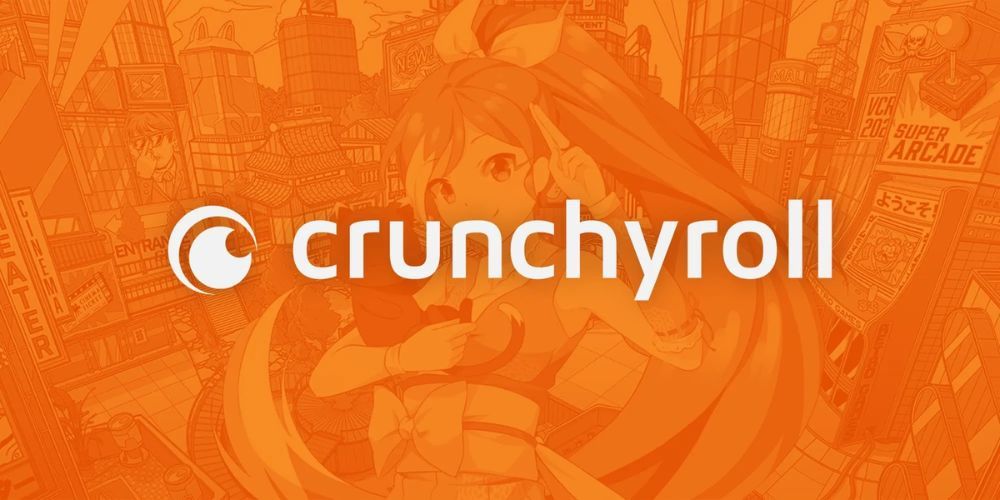
What Crunchyroll’s New 24/7 Anime Channel Means For The Future of the Industry
Crunchyroll's new 24/7 Anime Channel could have a massive impact on the anime industry's future. Here's how it might change things.
The Lack of Health Care Benefits
Alright, so voice actors aren't paid much, but at least they have health care, right? Well...no, not really. Now if an actor is under a SAG-AFTRA contract, they may be eligible for health benefits IF they do the following:
- Meet the minimum amount of earnings during a work period.
- Pay the premiums on time.
So what's the problem? Well, there are two. The first is that members of the SAG-AFTRA union largely do not get enough work to meet the minimum amount of earnings during a work period. And that's if you are doing TV and movie work. If you are doing voice work, then you have even less of a chance of hitting those hours. The second problem? Most anime dubbing productions are non-union, and thus the work doesn't count towards health benefits at all.
The Fight for a Union Contract
You may recall that two years ago Crunchyroll controversially recast some of the roles for the third season of Mob Psycho 100. This is because several of the actors (most notably Kyle McCarley) wanted Crunchyroll to have a meeting with SAG-AFTRA to discuss a union contract. Having this meeting meant voice actors would have a bare minimum standard of payment, hours worked, royalities on projects they have worked on, and the work would (important in this scenario) go towards anime voice acting counting towards minimum hours worked for insurance benefits. While this is something that would have been outrageous to bring to the table when anime was a niche hobby, now that it is a multi-billion dollar industry, it makes sense that voice actors would want to unionize.
The problem is, Crunchyroll has a virtual monopoly on the anime industry in America, and there are few alternative places to go to for voice work. Actors in the anime industry are stuck with the terrible pay and lack of benefits, and if they threaten to leave, there is a slew of aspiring voice actors ready to take their place (and it's not like a voice actor getting fired has ever resulted in fans of the franchise ceasing to watch the show).
The Frightening Reality for Voice Actors
Because the pay is so low and there are no health benefits, when a voice actor gets sick they are in the same situation every other working American without insurance is in: up a creek without a paddle. Their medical options are not good and to truly get the care they need could result in the actor filing for bankruptcy. They do have one ace in the sleeve that many typical working Americans don't though: a platform and fans who are willing to help when the time comes. Some notable anime voice actors who had GoFundMe's include:
- Daniel Baugh - The voice actor for Jimbei in One Piece, his brother launched a GoFundMe to help pay for his brothers' two surgeries to help with spinal stenosis.
- Billy Kametz - After Billy Kametz's untimely death, his family launched a GoFundMe to help pay for his funeral.
- Sean Letourneau - The actor best known for his roles in Re: Monster and One Piece was forced to open a GoFundMe to help pay for his medical bills that were the result of him fighting testicular cancer.
- Christopher Aryes - The voice of Frieza in Dragon Ball Z Kai opened a GoFundMe when medical bills for fighting COPD (or chronic obstructive pulmonary disease) became too overwhelming. Aryes would ultimately pass away.
As you can see, this is not an isolated incident, and it is humbling to know that in all these cases the fans stepped up to the plate to help their favorite voice actors. The most recent victim of the health care system is Rachel Lillis, whose health issues are so severe (and were made worse due to a horrible previous health environment) that her sister decided to go to GoFundMe to try and receive just enough help to slightly improve her health care experience. Thanks to fans' overwhelming support and love, she is going to be receiving the kind of care she needed to receive in the first place. While it is great that fans turned up in droves to help the person who brought Misty to life, the fact that voice actors need to resort to GoFundMe to help pay their medical bills seems wrong to many.
Why are the fans footing health care bills instead of Sony and AMC (the owners of Crunchyroll and HiDive/Sentai Filmworks respectively)? Why do anime voice actors still have non-union jobs when certain titles are making millions of dollars a year? There is also the question of how our medical system is broken when people with no insurance get left on the side. Rachel Lillis is the latest voice actor to have a GoFundMe success story, but she won't be the last. Worse, there will eventually come a day when an actor needs financial support and the fans won't show up. Shouldn't the people who provide the voices to what will become our favorite childhood memories have more security than that?
Source: Rachael Messer YouTube Channel, SOS Toby Procter letter, personal correspondence with Laurie Orr

